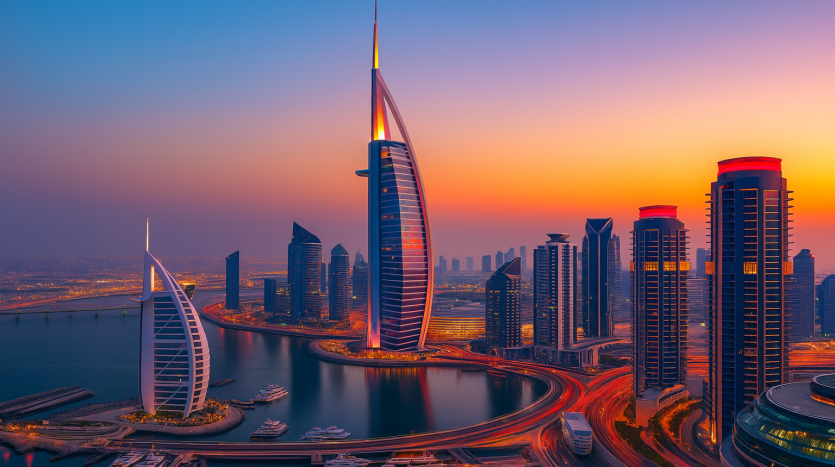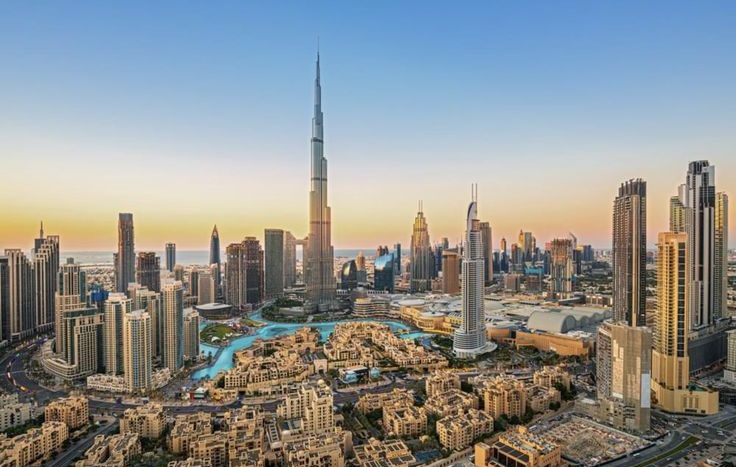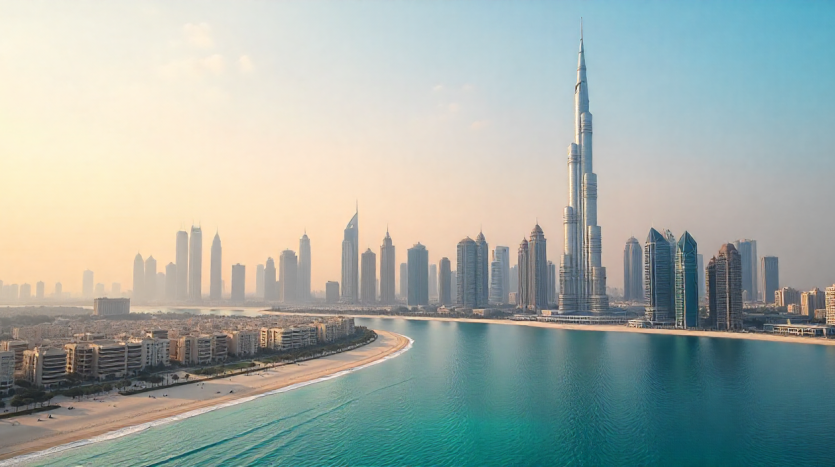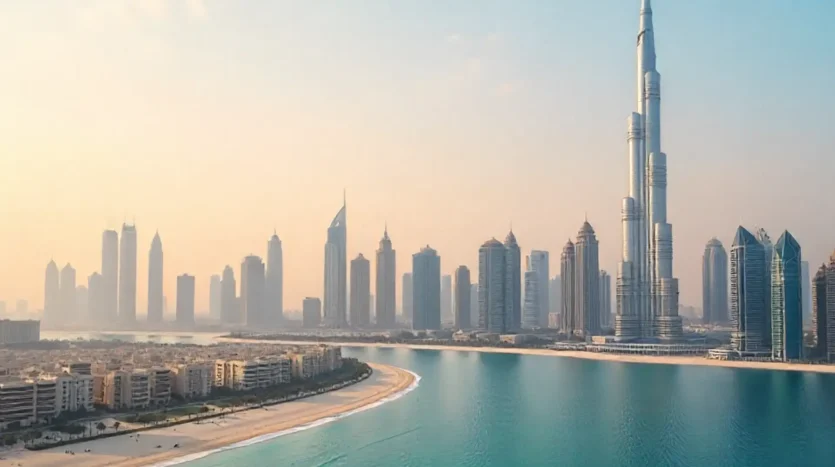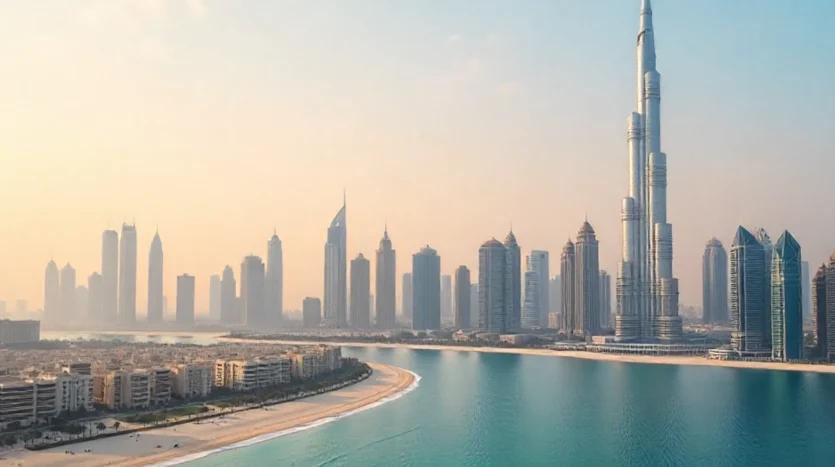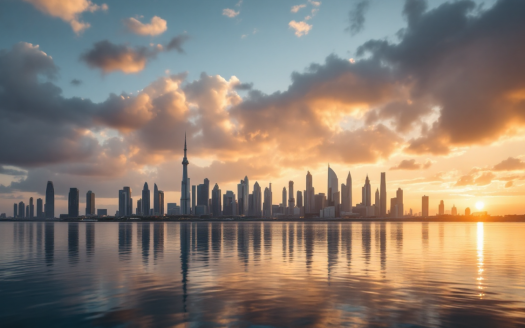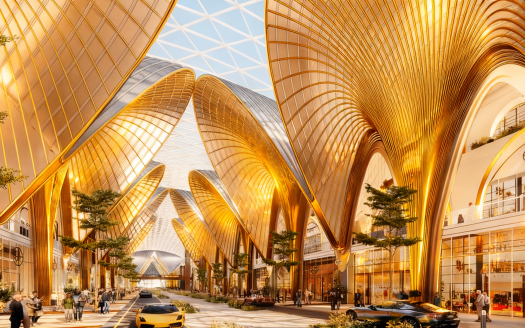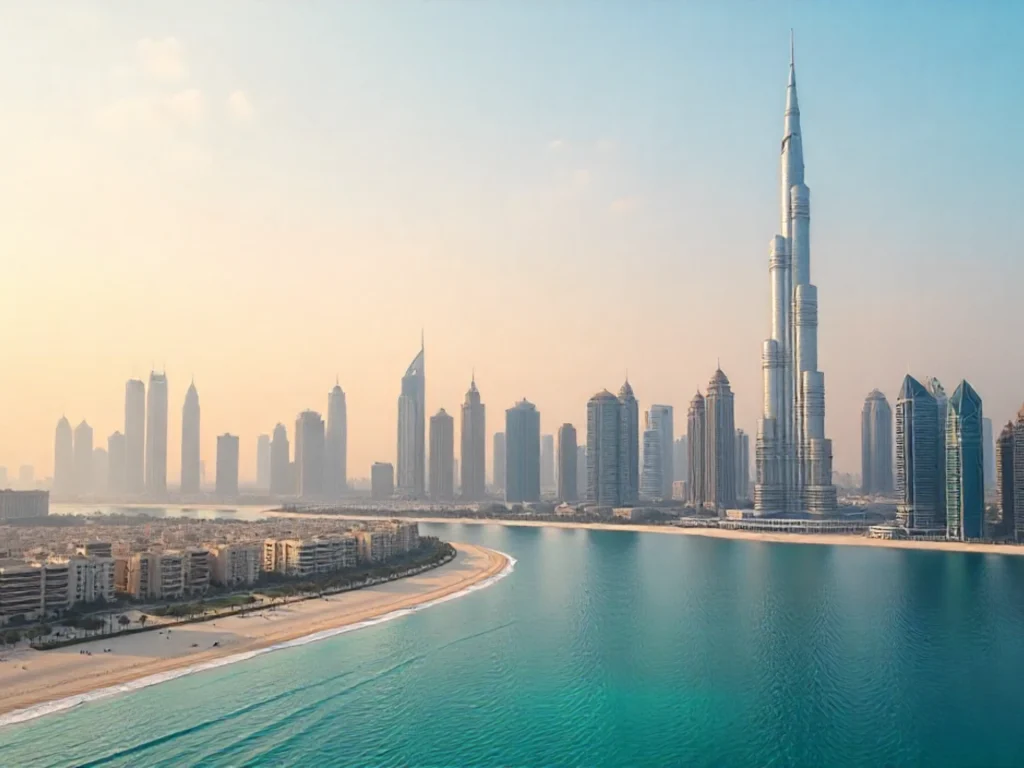
Are We Running Out of Properties in the UAE?
In 2025, the conversation around UAE real estate is dominated by one word: scarcity. Rising demand, record transaction volumes, and escalating prices have fueled the perception that the country may be running out of properties to sell. Headlines reinforce the idea of a looming shortage. Yet the underlying numbers point to a very different reality.
Far from an empty pipeline, Dubai is on track for one of the largest delivery years in its history. The challenge is not whether supply exists, but where it is located, what type of units are being built, and how closely that matches the evolving needs of end-users and investors. Scarcity is not a national condition. It is a micro-market outcome.
Scarcity is a headline, not a fact
In the first half of 2025, Dubai completed 24 projects and reported 726 projects under active construction. Independent reports estimate more than 87,900 residential units were launched or delivered during that same period, one of the highest half-year figures on record. The pace of development contradicts the narrative of an exhausted market.
At the same time, off-plan transactions continue to dominate activity, reflecting both investor appetite and the lag in ready inventory. Analysts warn that certain mid-market apartment clusters—particularly in high-density zones—may face oversupply by 2026. In contrast, supply of premium waterfront, luxury branded residences, and villas for sale in Dubai remains structurally constrained. This unevenness explains why some buyers feel the squeeze while others are confronted with choice.
The geometry of supply and demand
The scale of deliveries is significant, but completion rates rarely match announced figures. Of roughly 37,000 planned units for 2025, closer to 23,000 are expected to hand over on time, according to independent delivery audits. The gap widens in 2026, where just under half of the projected 71,000 units are considered likely to complete.
Where these homes arrive matters as much as how many. High-volume districts include Jumeirah Village Circle, Business Bay, Dubai Creek Harbour, Azizi Venice, and areas within Dubai land. In contrast, established nodes such as Palm Jumeirah, Downtown Dubai, and Dubai Marina are land-constrained and therefore less exposed to future saturation. These neighborhoods illustrate why aggregate supply figures often mask localized scarcity.
The counterpoint is clear: where large clusters of mid-market apartments converge, especially without parallel infrastructure or strong end-user demand, price pressure may emerge. Credit agencies have flagged the risk of double-digit corrections in overbuilt pockets if absorption slows.
Decision rule for investors
The question is not whether the UAE will run out of new properties—it will not. The question is what investors need to know before buying properties in UAE. The rule is straightforward: focus on areas where demand density is strong—near transport, schools, and employment hubs—and where future land supply is structurally limited.
Conversely, exercise caution in zones facing heavy pipelines of similar apartments with limited differentiation. Stability comes from scarcity of plots, not from national delivery totals. Treat all supply forecasts as indicative ranges rather than fixed schedules. The strategy is not to chase headlines of shortage, but to identify pockets of resilience.
What to watch now
-
Absorption by submarket: Track how quickly new keys lease or sell.
-
Construction progress vs. guidance: Slippage rates reveal structural risks.
-
Launch activity in constrained zones: Scarcity lives at the edges, not the aggregate.
-
Policy and infrastructure shifts: A new metro line or zoning update can redefine demand.
We are not facing a property drought. We are facing choice. The market’s resilience will not be measured b y national unit counts, but by how well investors navigate the corridors where demand outpaces new supply.

